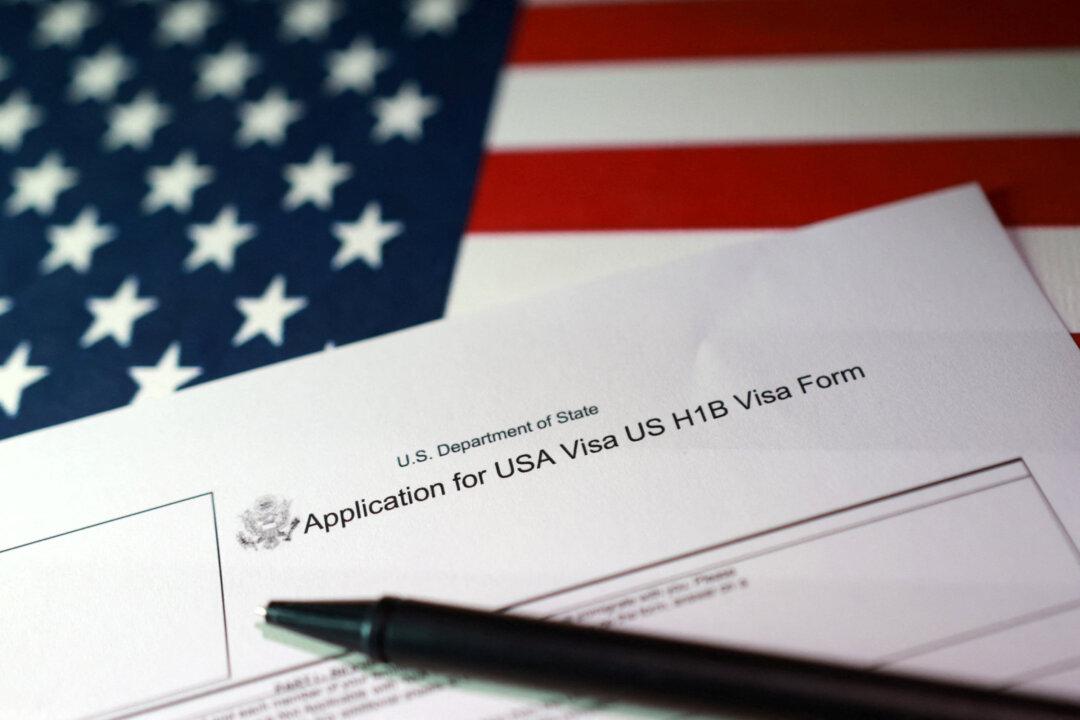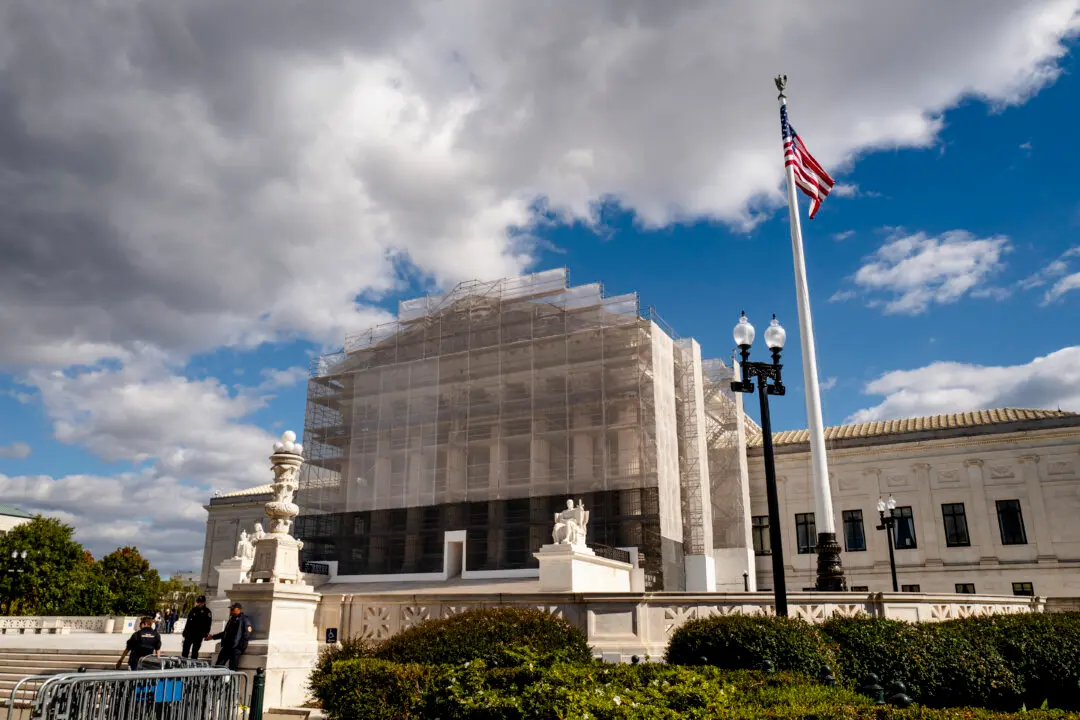A public health tactic called “contact tracing” may soon become as necessary a part of Americans’ vocabulary as “social distancing” became earlier this year when governments launched containment efforts against the CCP virus.
Contact tracing is a tool in the public health arsenal that aims to suppress pandemics by preventing infected people from passing on pathogens to other people, and it is likely soon to become the focus of the governmental campaign against the virus.





